A dull kitchen knife is a dangerous thing. Not only is it more difficult to cut with, but it can also lead to accidents. That’s why it’s important to know how to use a kitchen knife sharpener! This article will walk you through the steps of using a knife sharpener correctly. It will also provide some tips on how to get the most out of your sharpener. So, whether you’re a beginner or an expert, read on for all the information you need!
The Science of Knife Sharpening
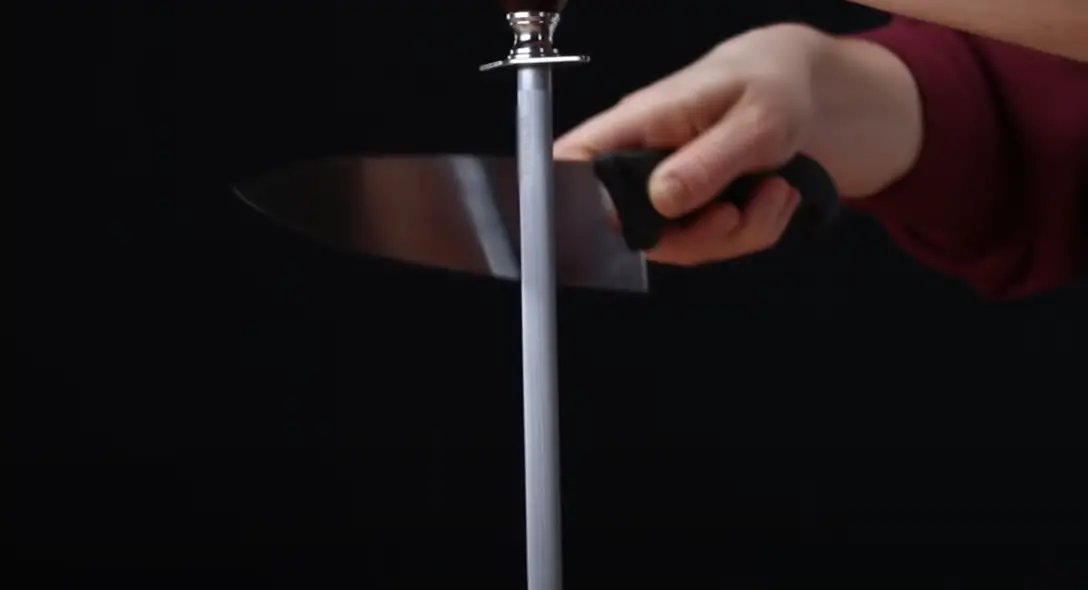
What is a Dull Knife?
Dull knives are usually caused by metal fatigue, which can occur due to dulling, wear and tear, or simply not using the knife properly. The blade of a knife is made up of small individual teeth that are sharpened when it’s being used. Over time, these teeth become duller and less able to cut through food items, resulting in a dull knife.
A Quick Look at Knife Characteristics
The anatomy of a knife is made up of two parts: the blade and the handle. The length, width, and shape of the blade will determine its purpose. For example, a chef’s knife typically has a long, sharp blade while a paring knife usually has a smaller, more curved blade. When it comes to sharpening knives, different types require different techniques and tools to achieve optimal results.
Traditional Sharpening Methods
For centuries, the most popular method of sharpening knives was with a whetstone. Although it is still an effective way to sharpen your kitchen knives, using a whetstone can be time-consuming and require practice to get right. In recent years, electric knife sharpeners have become more prevalent and are much easier to use than traditional stones.
Electric knife sharpeners are specifically designed for kitchen knives, making them much simpler and faster to use than manual sharpening methods. They feature two slots – one for sharpening and one for honing – that allow you to quickly and easily restore the blade’s edge.
A New Approach to Knife Sharpening
A new approach to knife sharpening is the pull-through sharpener. This device is similar to electric sharpeners in that it consists of two slots – one for honing and one for sharpening – but instead of using electricity, you simply pull your knife through each slot a few times to sharpen and hone the blade. Pull-through sharpeners are incredibly easy to use, making them ideal for beginners or those with limited time [1].
How to Use a Manual Knife Sharpener?
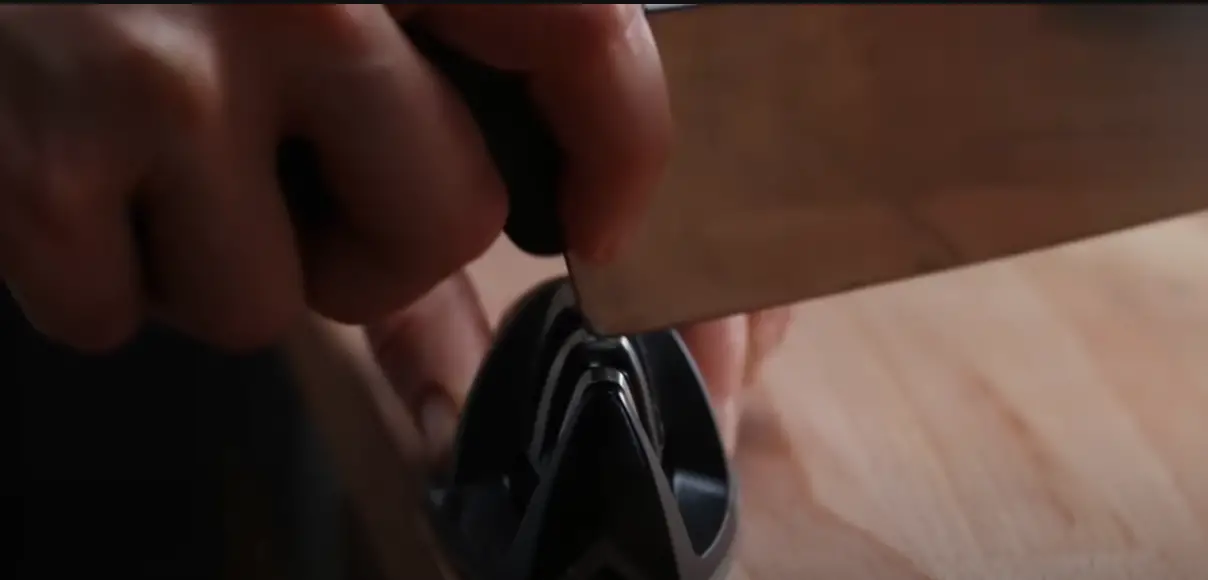
Using a manual knife sharpener is a great way to keep your knives sharp without having to rely on professionals. Here are some steps to follow when using a manual sharpener:
- Select the appropriate angle for your blade. The correct angle will vary depending on the type of steel in your knife, but it usually ranges from 10-40 degrees per side.
- Securely attach the sharpener onto a flat, stable surface and make sure that it won’t slip during use.
- Slowly draw the blade across each stone at an angle between 10-20 degrees while applying light pressure so you don’t create too deep of an edge or nick the blade’s edge. Repeat this process several times to ensure a sharp edge.
- Flip the knife over and repeat the process on the other side of the blade, repeating as needed until both sides are sharpened adequately.
- To finish off, strop your blade against a leather belt or canvas to remove any burrs and smooth out the edge.
Following these steps will help you get a good-quality edge without having to rely on professionals for sharpening services [2].
How to Use an Electric Knife Sharpener?
An electric knife sharpener is an ideal choice for those who are new to honing blades, as it does most of the hard work for you. Electric sharpeners are available in a variety of styles, from portable handheld models to full-size countertop devices. To use an electric knife sharpener safely and effectively:
- Start by reading the instructions carefully and familiarize yourself with the machine’s parts and controls.
- Plug in your electric sharpener before beginning any sharpening process.
- Place your kitchen knife against the stone or grinding wheel, making sure that the blade is flat on its back edge and angled away from you at a 20-degree angle. Hold onto the knife’s handle with a firm grip.
- Turn on the power and slowly draw the blade through the sharpening slot in one continuous motion, holding it steady against the wheel or stone. Repeat this process a few times until you reach your desired level of sharpness.
- Make sure to avoid pressing too hard when honing your knives, as this can cause excessive wear and tear on both your blades and the machine itself.
- After each use, be sure to unplug the electric sharpener and clean it thoroughly with a damp cloth before storing it away for later use [3].
5 Safety Precautions to Keep in Mind When Sharpening Knives
Sharpening a knife can be dangerous if not done properly. Here are five important safety precautions to keep in mind when honing your kitchen knives:
- Always make sure the sharpener is unplugged and out of reach of children before beginning.
- Make sure the blade is firmly held in place during the sharpening process, as it could slip and cause serious injury.
- Wear protective gloves whenever handling a sharpened knife, even if it feels safe to do so without them.
- Keep your fingers away from moving parts or any area where the blade is being sharpened, as this can result in cuts or lacerations on your skin.
- Ensure that all safety shields are in place and functioning, as these can help protect your hands from accidental contact with the blades.
Following these five simple steps will help ensure your safety when sharpening a kitchen knife [4].
Sharpening vs. Honing Kitchen Knife
Sharpening and honing knives are two different processes. Sharpening is the process of removing metal from the blade using a sharpener, whereas honing is the process of straightening out tiny burrs and smoothing out imperfections on the knife blade. Both sharpening and honing are important steps in maintaining your kitchen knives so they remain sharp and last a long time. Honing can be done regularly with honing steel, while sharpening should only be done every few months or when the knife is not performing well.
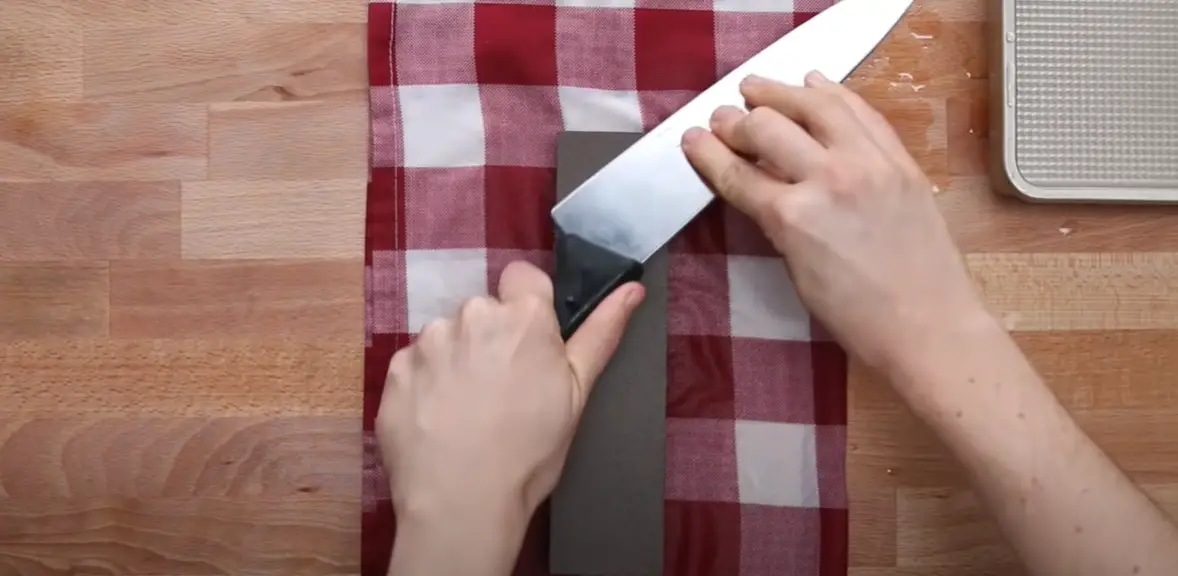
To hone your knife, hold the honing steel in one hand and the knife in the other. Gently draw the blade across the honing steel at a 20-degree angle. Make sure to move along the entire length of the blade and repeat on both sides until sharpness is restored.
How to tell if your knife is dull?
The most obvious way to tell if your kitchen knife is dull is to look at the blade. Dull knives will show signs of wear, such as chips and indentations in the edge. If you run your finger along the blade, it should feel smooth and evenly rounded. If it feels jagged or uneven, then it’s time for a sharpening session!
There are some reasons why knives can be dull:
- Not regularly sharpening the knife
- Cutting on a hard surface
- Repeatedly hitting the blade against something (like a cutting board or plate)
Some knives can get dull faster than others. The type of steel and the quality of construction will affect just how quickly your knife blade dulls. For example, German-style knives made from high-carbon steel will stay sharp for a much longer time than lower-quality stainless steel blades.
Using a Kitchen Knife Sharpener: Step-by-Step Guide
Maintaining sharp kitchen knives is crucial for safe and efficient food preparation. Here’s a step-by-step comparison of how to use a kitchen knife sharpener properly.
| Step | Procedure | Tips for Success |
|---|---|---|
| Step 1: Assess Knife Condition | Examine the knife’s blade to determine its condition. Check for dullness, nicks, or damage. | Regular maintenance prevents excessive sharpening. |
| Step 2: Choose the Sharpener | Select the appropriate knife sharpener, whether it’s a honing rod, manual pull-through sharpener, or electric sharpener. | Use the right tool for your knife type and skill level. |
| Step 3: Read the Instructions | Before use, familiarize yourself with the sharpener’s instructions, especially for angle and technique. | Follow the manufacturer’s guidance for safety and effectiveness. |
| Step 4: Prepare the Sharpener | If necessary, set the sharpener to the correct angle and ensure it’s stable for safe usage. | Proper setup is essential for consistent results. |
| Step 5: Sharpen the Knife | With a consistent angle and gentle pressure, pass the blade through the sharpener’s slots or along the honing rod, repeating as needed. | Maintain a steady hand and angle for even results. |
| Step 6: Test the Sharpness | Periodically test the knife’s sharpness by slicing a piece of paper or a tomato. Continue sharpening if necessary. | A sharp knife should cut effortlessly and cleanly. |
| Step 7: Clean the Knife | After sharpening, clean the knife blade to remove any metal shavings and residue from the sharpener. | Maintaining cleanliness extends the knife’s life. |
Explanation of the table:
This table provides a step-by-step comparison of how to use a kitchen knife sharpener effectively. It outlines each step, the procedure, and offers tips for success. Maintaining sharp knives is essential for safe and efficient food preparation, and using the correct sharpener and technique is crucial.
FAQ
How do you use a knife sharpener?
Using a knife sharpener is easy as long as you follow the proper steps. Start by cleaning your knife before sharpening it with a kitchen towel or damp cloth. Next, position the knife on top of the sharpening stone or in between two guide rods and press down firmly but gently. Move the blade from one end to the other until it reaches its desired shape and finishes. After that, move the knife away from the sharpener, inspect it for any remaining burrs or rough edges, and clean off any residue left behind by the metal shavings. Finally, store your newly sharpened knives properly to prevent them from becoming dull again quickly.
What are the 3 slots in a knife sharpener for?
The 3 slots in a knife sharpener are used to sharpen knives of different levels. The first slot is typically the coarsest and used to sharpen dull blades quickly, while the second slot is designed for honing and polishing them up with finer stones or rods. The third slot is usually the finest and can be used to create an extremely sharp edge on any blade.
What’s the best way to maintain a knife sharpener?
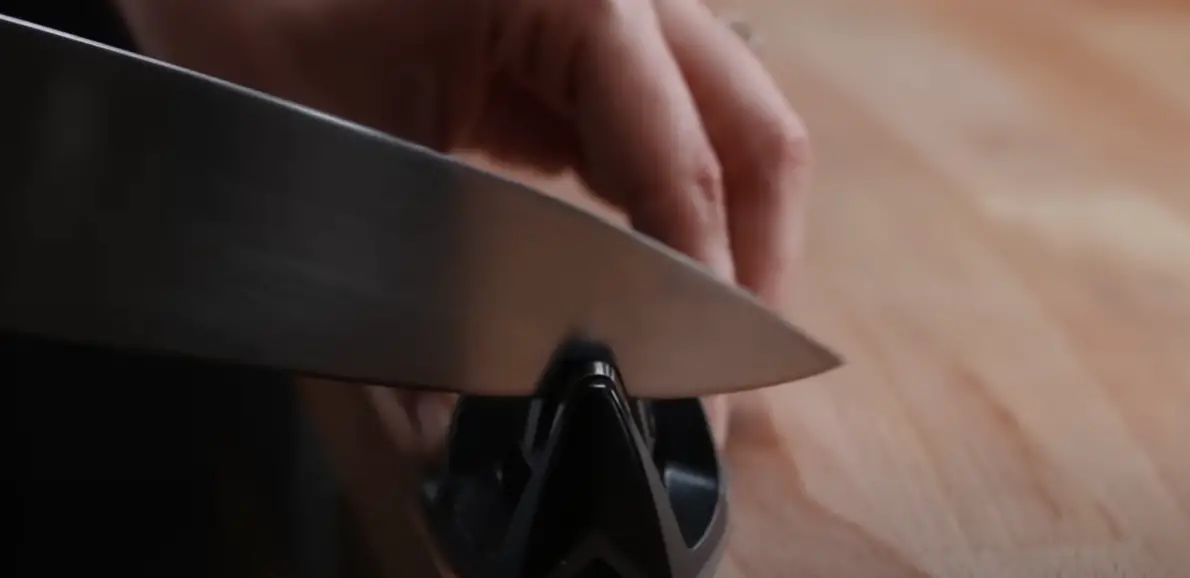
To keep your knife sharpener in good condition, you must clean it regularly with water and a cloth after use. It’s also recommended that you oil your sharpener with mineral oil once every few weeks so its moving parts remain lubricated. Additionally, you should inspect your sharpener for any damage or wear and tear before each use to make sure it’s in proper working condition. Finally, store it safely when not in use to ensure its longevity.
Do knife sharpeners ruin knives?
No, knife sharpeners will not ruin your knives as long as you use them properly. However, it’s possible to over-sharpen a knife if you’re not careful. This can result in the blade becoming too thin and brittle, so make sure to use light pressure when sharpening the blade and check its edge often to avoid overdoing it.
When should you sharpen a knife?
It’s best to sharpen a knife when it becomes dull, which typically happens after several uses. If you notice that your knife isn’t slicing through food as easily as before or if the blade is starting to look discolored, these are signs that it needs to be sharpened. You can also test its sharpness by carefully pressing on its edge with your finger. If it doesn’t slice through paper cleanly, then it needs good honing.
What should you avoid while using a knife sharpener?
When using a knife sharpener, you should avoid applying too much pressure or pushing down too hard on the blade. This can damage the metal and cause chips or even breakages in extreme cases. Additionally, you should never sharpen a wet or damp blade as this could damage the sharpener itself. You should also make sure to hold the knife firmly in place while sharpening and always keep your fingers away from the blade’s edge. Finally, never leave a knife unattended on a sharpening stone since it can easily slip off and cause injury.
What are some safety tips for using a kitchen knife sharpener?
Safety should be at the top of your list when using any type of sharpener, especially with kitchen knives which are often used around food preparation areas. First and foremost, always wear protective gloves to avoid any cuts from handling the knives during sharpening. It’s also important to use a sharpening stone or rod that is appropriate for the knife’s size and material. Additionally, make sure to always keep your fingers away from the blade while sharpening and never leave a knife unattended on a sharpening stone. Finally, store your knives in a safe place when done with them to prevent any accidents.
What are the steps for sharpening a kitchen knife with a manual knife sharpener?
To sharpen a kitchen knife with a manual knife sharpener, follow these steps:
1. Place the sharpener on a flat, stable surface.
2. Hold the handle of the knife with one hand and the sharpener with the other.
3. Position the knife at the desired angle in the slot.
4. Pull the knife through the slot, maintaining a consistent angle and applying light pressure.
5. Repeat the process, alternating sides, until the knife is sharp.
6. Test the sharpness by cutting a piece of paper or a soft vegetable to ensure it’s adequately sharpened.
What’s the difference between a honing rod and a knife sharpener, and how do you use each tool?
A honing rod is used to maintain a knife’s edge by realigning the blade, while a knife sharpener grinds the blade to remove metal and restore its sharpness. To use a honing rod, hold the knife at a 20-degree angle and stroke it down the rod several times on both sides. For a knife sharpener, follow the manufacturer’s instructions for the specific type you have (e.g., manual or electric).
Can I use a kitchen knife sharpener on serrated knives?
Most kitchen knife sharpeners are designed for straight-edged knives and may not work well with serrated knives. Serrated knives require a specialized tool, such as a serrated knife sharpener or a honing rod with a tapered design to accommodate the serrations.
Is there a recommended frequency for using a kitchen knife sharpener to maintain sharpness?
The frequency of using a kitchen knife sharpener depends on how often you use your knives. As a general guideline, regular home cooks might use a sharpener every 2-4 weeks to maintain knife sharpness. However, it’s essential to monitor the knife’s performance and sharpen it as needed.
Are there any specific tips for using an electric knife sharpener effectively and safely?
When using an electric knife sharpener, always read and follow the manufacturer’s instructions carefully. Hold the knife securely and guide it through the sharpener at the recommended speed. Avoid applying excessive pressure, as the machine is designed to do the work. Keep your fingers away from the sharpening elements, and ensure that the sharpener is placed on a stable surface.
Useful Video: How To Sharpen Dull Knives
Conclusion
Using a kitchen knife sharpener is an easy and effective way to keep your kitchen knives in top condition. Be sure to choose the right type of sharpener for your knives and use it correctly, following all safety guidelines. With regular sharpening, you can keep your kitchen knives in excellent shape so that they can last a lifetime. When used properly, a kitchen knife sharpener can be an invaluable tool for making sure that your food is prepared with precision and care.
References
- https://www.finedininglovers.com/article/science-knife-sharpening-explained
- https://www.wikihow.com/Use-a-Knife-Sharpener
- https://www.goodlifeeats.com/how-to-use-an-electric-knife-sharpener/
- https://imarku.net/fr-gb/blogs/news/everything-you-need-to-know-about-knife-sharpening

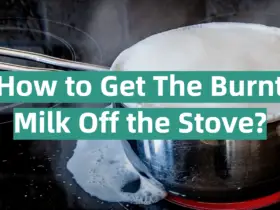

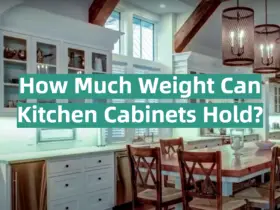
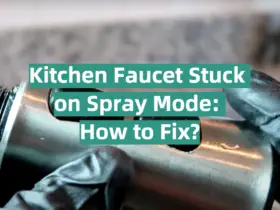
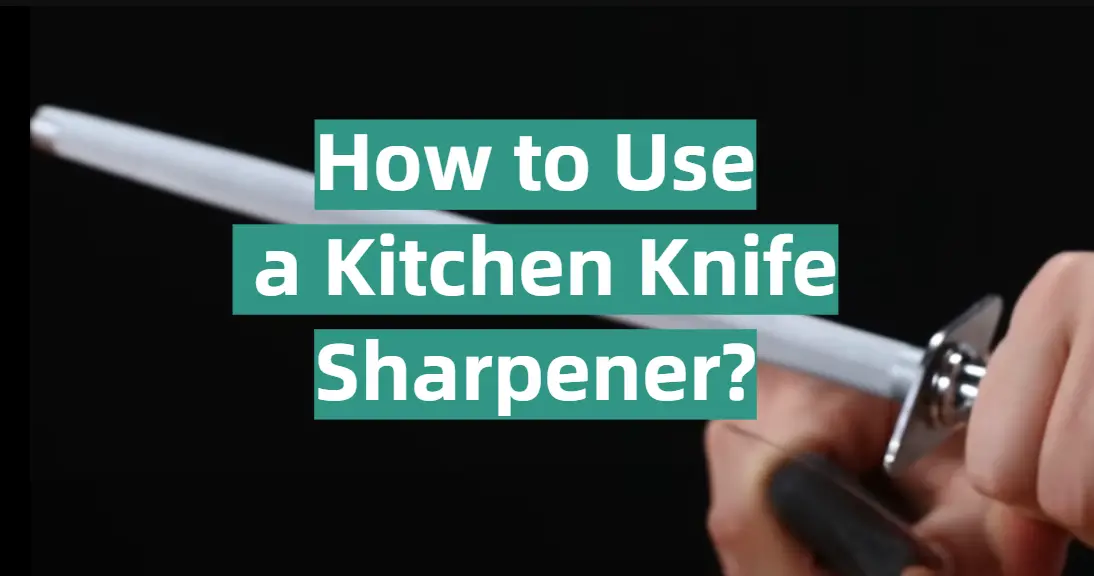


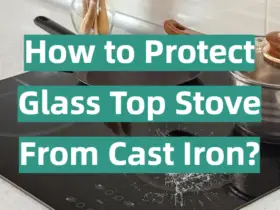

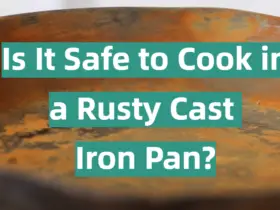
Leave a Reply